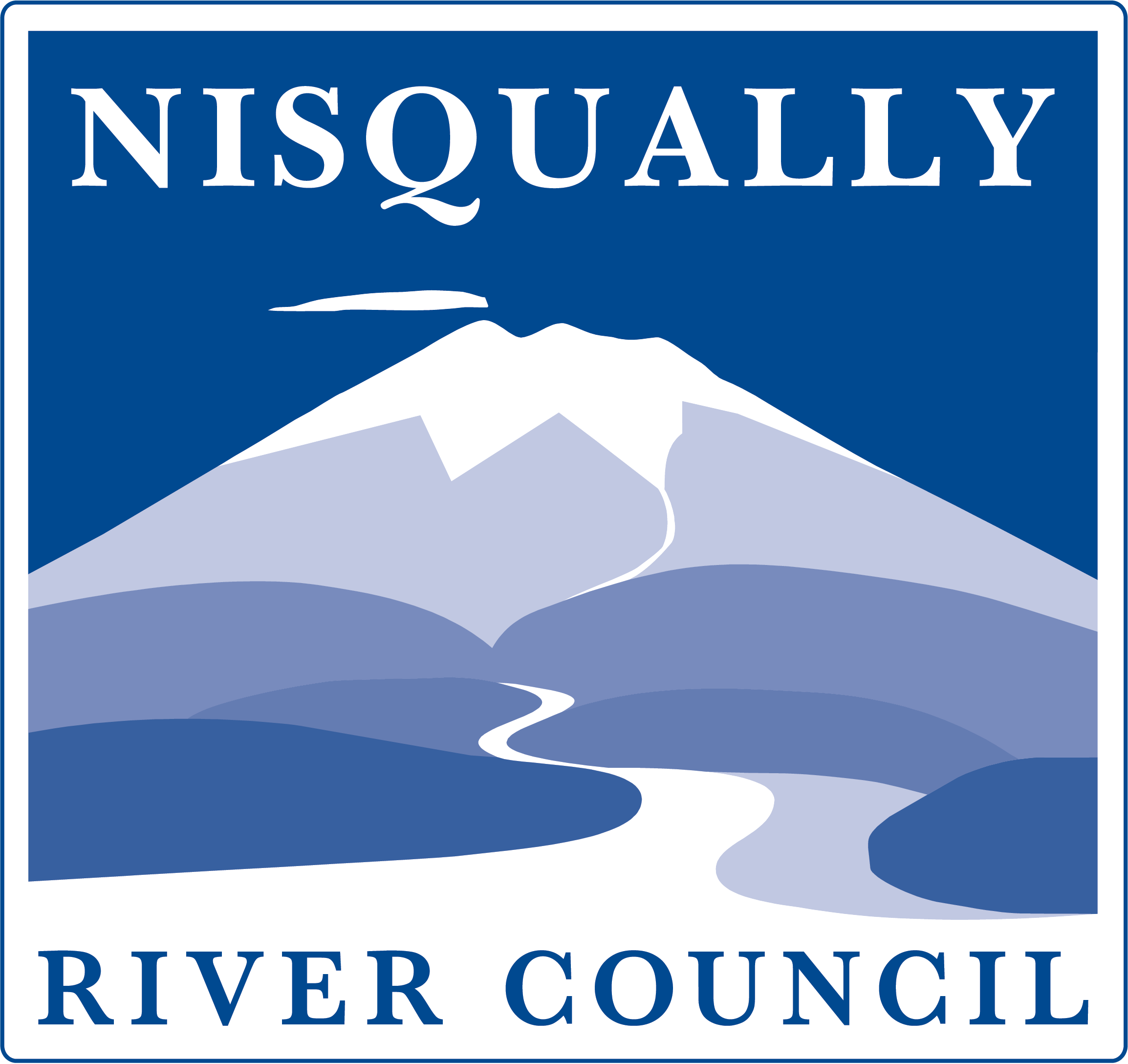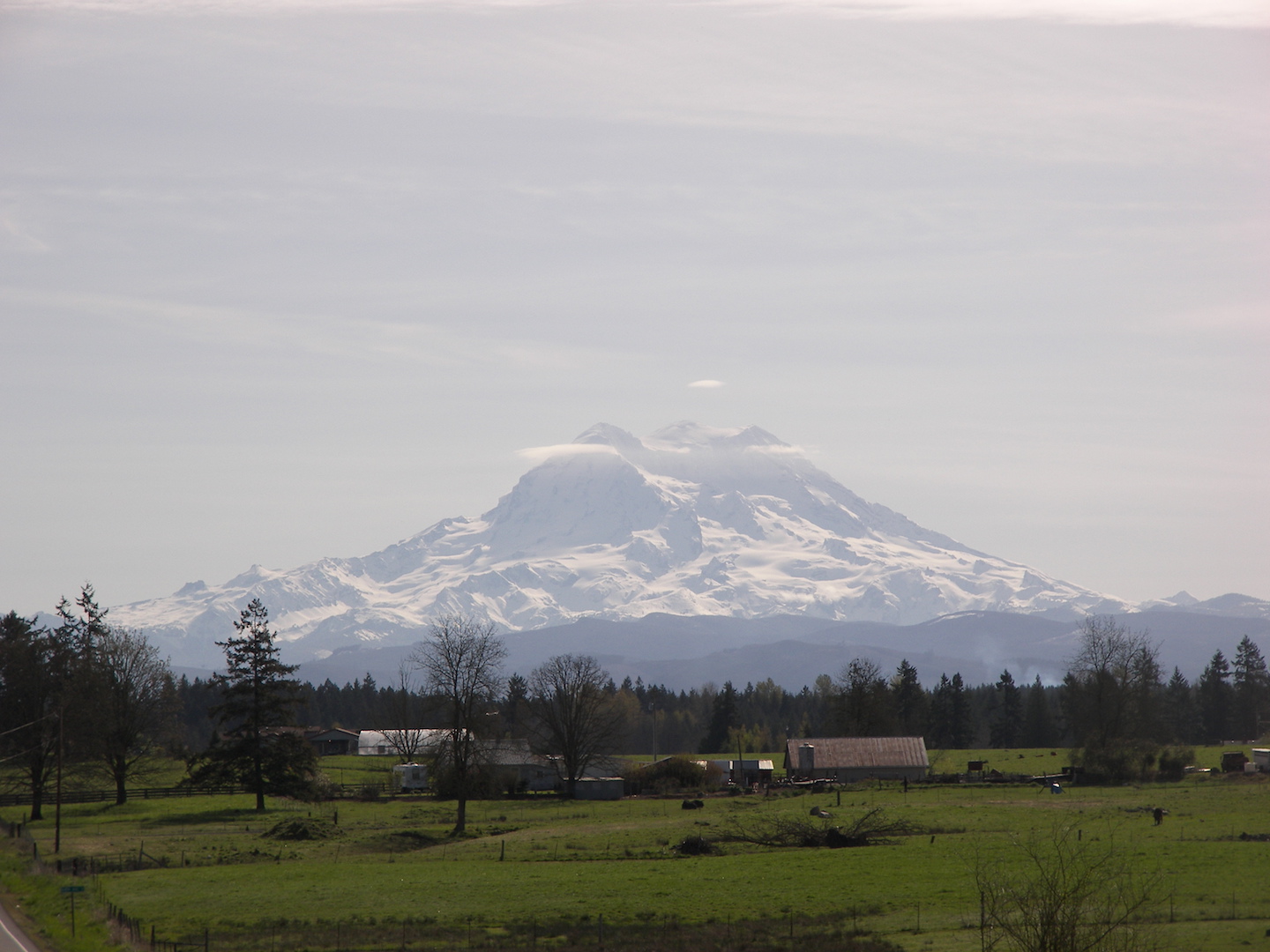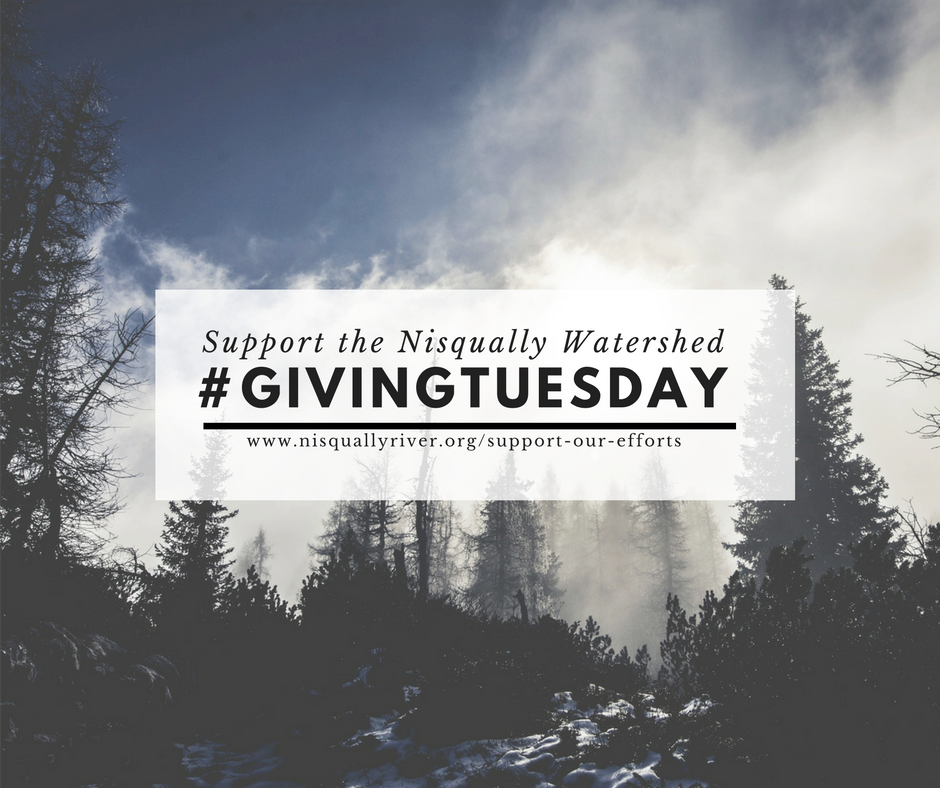From the mountains to the sea, the Nisqually Watershed covers a vast amount of land filled with breathtaking views of the river and its tributaries, snow-capped peaks, diverse wildlife, and old growth forests. It’s because of these forests that settlers from far and wide journeyed to Nisqually, and for many years, they were regionally owned. Today, however, the majority of the watershed’s private timberlands, more than 100,000 acres, are owned by timber investment management organizations (TIMO’s) based on the East Coast, which manage their timberlands for underlying investors around the world.
While ownership of Nisqually forests has grown more globalized, they continue to have an enormous impact on local concerns such as forestry jobs, the health of rivers and wildlife habitat, and the scenic vistas that support the tourism and recreation economy. A challenge Nisqually communities say they increasingly face is how best to integrate these local concerns with the realities of the global marketplace.
The goal of the Nisqually Community Forest Project is to address this challenge through market-based solutions, and to explore ways to re-create local ownership of Nisqually timberlands.
The Nisqually Land Trust began discussing possibilities of this project in 2008, and with a planning grant from the National Park Service in 2011 convened a group of local stakeholders for a series of conversations about what a Nisqually Community Forest might look like. How big might this project be? Who would own the land and manage the forest, and who would benefit? The group envisioned a forest of 20,000 to 30,000 acres designed to provide the watershed with forest products, recreation, education, job opportunities, and environmental benefits such as clean water and a place for wildlife to thrive.
The planning committee recently completed Phase I of the project, releasing a summary which outlines project background and history and overall vision and includes a timeline describing next steps and future goals. This information can be found by visiting the Community Forest’s webpage at: nisquallycommunityforest.org.
Want to get involved in this project? Stay tuned for upcoming public meetings which will allow local residents to be involved in the development of this program. Questions can be directed to Joe Kane, Executive Director of the Nisqually Land Trust, at: jkane@nisquallylandrust.org or Justin Hall, Executive Director of the Nisqually River Foundation, at: justin@nisquallyriver.org.




